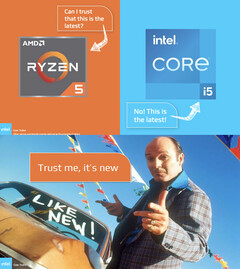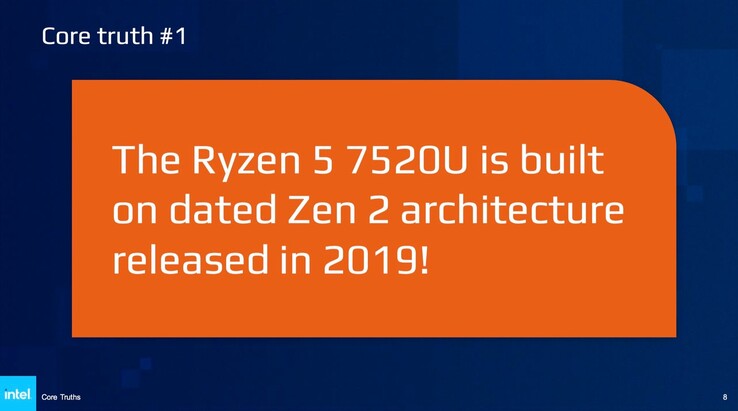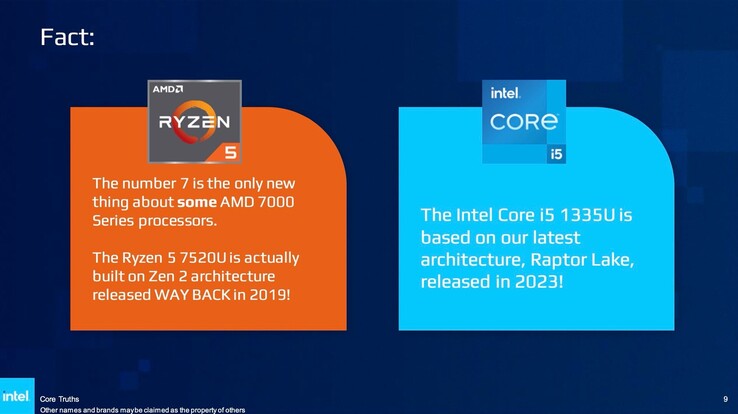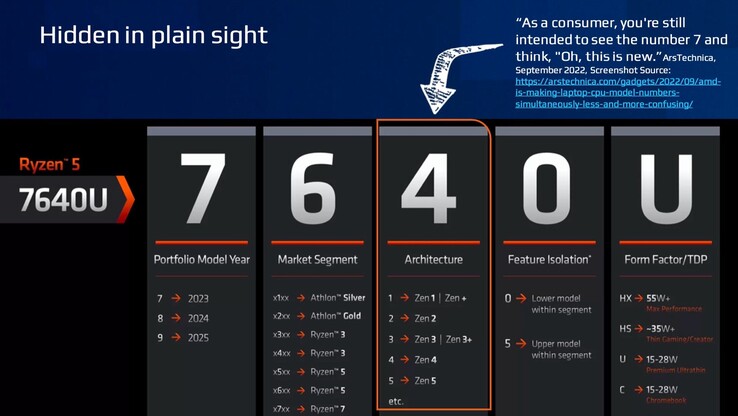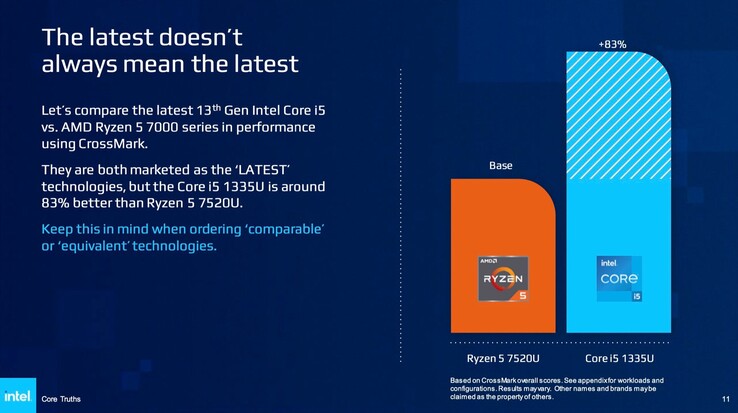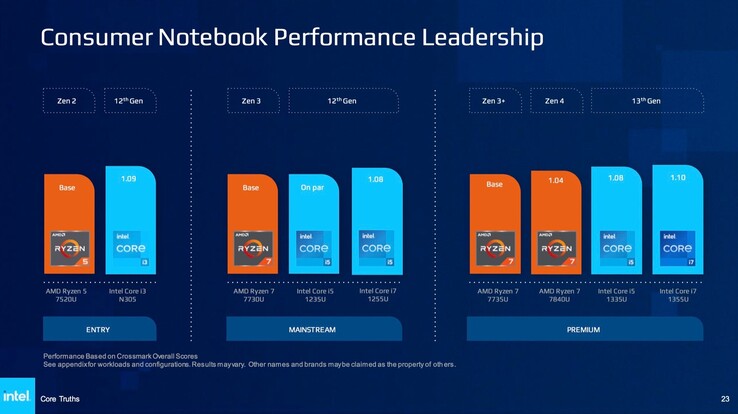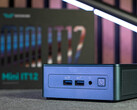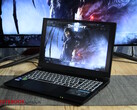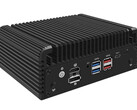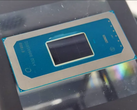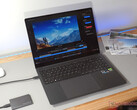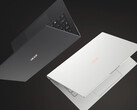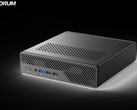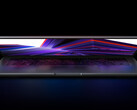Intel will be launching a host of next-generation processors in a few week's time, currently codenamed Meteor Lake. Arriving as its first generation of 'Core Ultra' processors, Meteor Lake will be joined by 14th Gen Intel Core counterparts like the Core i9-14900HX, a 'refreshed' Core i9-13900HX. In short, Intel has a history of refreshing older architectures with new names.
For example, Kaby Lake, Kaby Lake Refresh, Whiskey Lake and Comet Lake are all variations on a theme; little separates the Core i5-8350U from the Core i5-10210U despite one being released in 2017 and the other in 2019. Also, Intel sold the Core i5-10210U and Core i5-1035G7 under the same generation, even with different underlying architectures. Nonetheless and without irony, Intel has sought to target AMD in its current advertising campaign under the title:
Core Truths - A playbook that enlightens customers on how the 'latest technology' is not always what it seems.
As Intel correctly demonstrates, AMD sells Zen 2, Zen 3 and Zen 4 APUs under Ryzen 7000 branding. Although AMD sought to explain its new nomenclature during last year's launch, having to do so in the first place implies that it could be open to misinterpretation. With only one digit separating the Ryzen 5 7520U, Ryzen 5 7530U and Ryzen 5 7540U but a 46% average performance gap separating the Ryzen 5 7520U from the Ryzen 5 7530U, it is no wonder that one of our managing editors opined that the Ryzen 7000 naming seemed 'purposefully confusing'.
With all that in mind, Intel still selectively chose benchmark results to demonstrate its point of likening AMD to a snake oil salesman. By using CrossMark, in which Intel processors generally outperform their AMD counterparts, Intel was able to show the Core i7-1355U outperforming the Ryzen 7 7840U. Taking a broader view sees the latter push ahead of the former by an average of 10% though, a figure that discounts the huge performance gap between their Iris Xe Graphics G7 96EUs and Radeon 780M iGPUs.
Source(s)
Intel via VideoCardz




